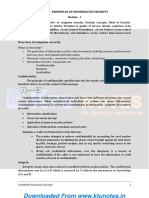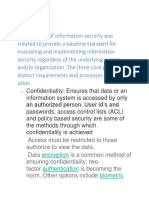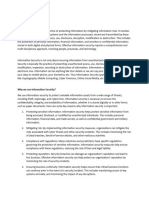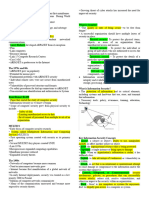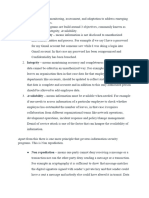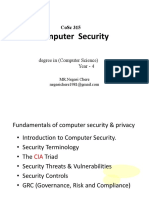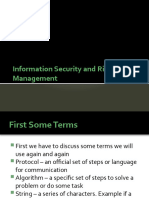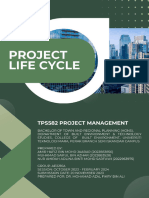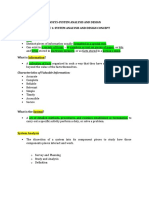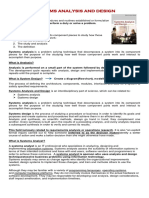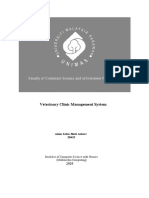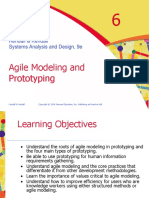0% found this document useful (0 votes)
23 views18 pagesModule I
The document outlines a comprehensive curriculum on data security, covering essential topics such as the need for data security, security analysis, logical and physical design, and the importance of the NSTISSC Security Model. It emphasizes the critical characteristics of data security, including confidentiality, integrity, and availability, while also addressing the roles of various components in an information system. The document serves as a guide for understanding and implementing effective data security measures within organizations.
Uploaded by
Nikhil bhardwajCopyright
© © All Rights Reserved
We take content rights seriously. If you suspect this is your content, claim it here.
Available Formats
Download as PDF, TXT or read online on Scribd
0% found this document useful (0 votes)
23 views18 pagesModule I
The document outlines a comprehensive curriculum on data security, covering essential topics such as the need for data security, security analysis, logical and physical design, and the importance of the NSTISSC Security Model. It emphasizes the critical characteristics of data security, including confidentiality, integrity, and availability, while also addressing the roles of various components in an information system. The document serves as a guide for understanding and implementing effective data security measures within organizations.
Uploaded by
Nikhil bhardwajCopyright
© © All Rights Reserved
We take content rights seriously. If you suspect this is your content, claim it here.
Available Formats
Download as PDF, TXT or read online on Scribd
/ 18









